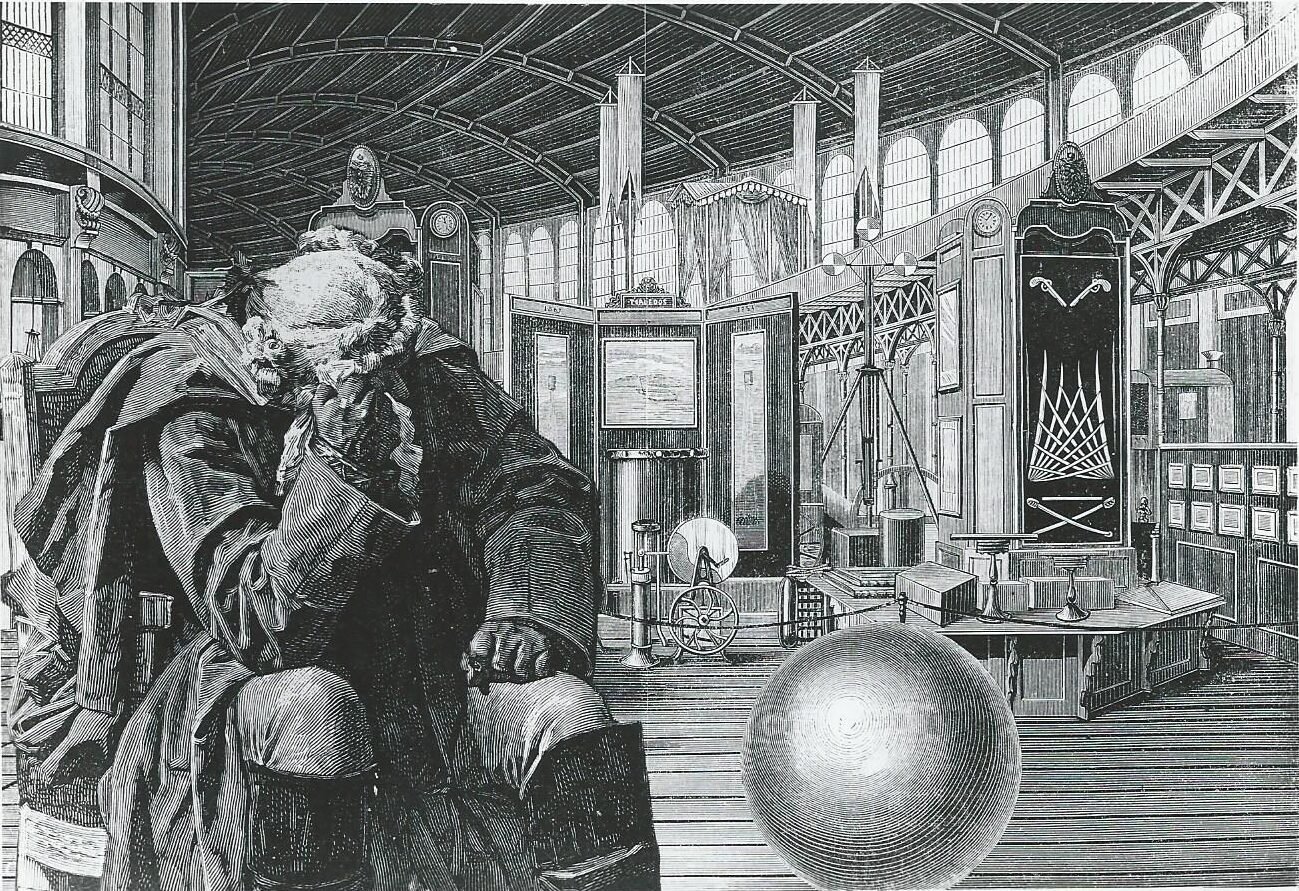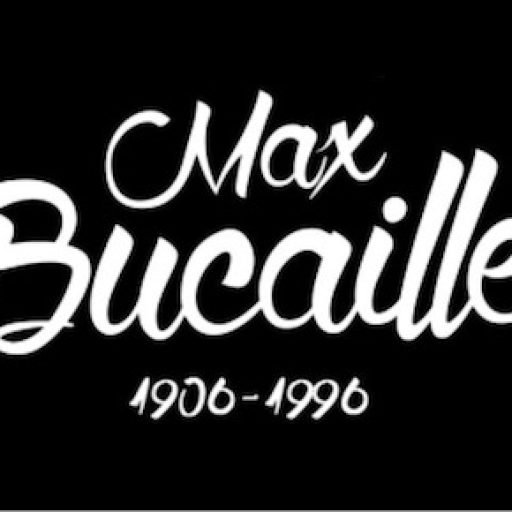
IN PRAISE OF PHANTASMAGORIA
The current of phantasmagoria, which is establishing an ever more pervasive and dense network throughout the world of the arts and the mind, stems from both curiosity and awareness.
Curiosity for the marvellous in all its forms, which is a return to childhood, and therefore a richness; awareness: in every corner of the earth, there are creators and receptive human beings who recognize each other, find similar tastes and attractions, and take new joy in proclaiming them. Whoever grasps a secret, many other secrets come to him, without his having looked for them.
Of course, nothing exists today. What we think we invent, we discover. The inventor of a treasure, according to the law, is the one who finds it, because it really existed, and not just in his imagination. You can make up stories. But who’s to say we’re not simply tapping into a treasure trove made available to initiates and poets?
Today’s phantasmagicians are the continuators of those who have enriched humanity for millennia, under every sky and in every civilization. The Magi could be the respondents of phantasmagoria. They sought in the stars what others sought in the entrails of sacrificial animals, in the flight of birds, in the signs by which destiny manifests itself, in the game of dice, in the coin toss, in the short straw.
The quest for the marvellous is the constant interrogation of the smallest things, to make them deliver the shred of eternal truth they may hold. Science has joined and surpassed the poets. Marvellous” thinking and calculating machines verify every day, at dizzying speeds, the hypotheses of the scientists who put the poets’ dreams into equations. Everything is possible, because everything exists. The only problem is communication. The richest imagination is but an instant of clairvoyance, a glimpse of lucidity that reveals this universe in which we bathe, but which has become impenetrable to crippled man, deprived of his divinatory faculties.
Have you ever, climbing a staircase in the dark, felt your hand brushed by another hand, that of someone invisible who crosses you and disappears forever, out and returned to nothingness? If so, you can understand me….
There’s no need to make a big fuss to “get in touch”. There’s no need to make a fuss. That’s why I find more genuine phantasmagoria in Chamisso, Ernst Jûnger, ghost stories and country legends than in Lautréamont. The unreal is in the real, and arbitrary constructions (except for the premonitory genius of madness) only half satisfy me.
In the same way, I remain circumspect in the face of surrealist aesthetics and repudiate the abstract. The mystery lies in the everyday. Surrealist canvases cease to move us to the extent that they are complicated. All that is excessive is insignificant. The most effective eloquence does not require the simultaneous mobilization of all the images of delirium. The more you add, the less you achieve. There are moments in the work of quite a few artists whose pure, simple, measured strangeness obliterates the most thunderous outbursts of Surrealist horror. If Aubin Pasque reaches us, it’s not so much by what he shows us as by what he suggests. Many others intrigue us with the intelligence that emerges from their work, like a sap whose unknown flavor surprises us. But phantasmagoria is not the Spitzner Museum. Nor is it carnival. First and foremost, it’s a way of thinking. From now on, we need to find a language. And it can’t be ridiculous or crude.
Thomas OWEN
1960
EXTRACT FROM FANTASMAGIE N°47
What do you mean by fantastic and magical art?
Georges ADAM, Brussels – Trying to help people escape from the material world by showing them strange images that bear as little relation as possible to the preconceived ideas (learned or naive) that most of them have of earthly things and facts, in order to lead them towards dreams and, if possible, towards an ideal of light and truth.
Imagination can lead to a “truth” as valid as so-called religious or philosophical “truths”.
Fantastic art can therefore give the world a “philosophy” that is polarized from current materialism, and help people to achieve a new elevation of spirit.
STAN BAELE, Deurne-Anvers – If we call the world in which our thoughts are born “fantastic”, the word “magic” can be used to describe the force that externalizes it and irrevocably sets in motion the sensibility of the individual who perceives it. the obligation of “allegorical” comedy. Allegory, in fact, is here replaced by the direct expression of the primary sensations of a world conceived and constructed by the artist.
Through surrealism, phantasmagorical art leads us into a world of ideas, expressible only through symbols and abstractions.
As far back as 1949, Dr. R. F. PIPER (Syracuse University) called this art “cosmic art”.
SERGE HUTIN’S PHANTASMAGORIA
The Centre International pour l’Etude de l’Art Fantastique et Magique (CIAFMA for short), whose headquarters are in Belgium (161, avenue Jupiter, Forest-Brussels), is dedicated to the objective, systematic study of all current manifestations of a body of artistic experience that is probably as old as humanity itself (think of prehistoric paintings, which were not at all a mere diversion or game, but the medium of bewitchment…. ), which are now undergoing significant expansion and diversification. Isn’t one of the paradoxes of contemporary art the multiplication of unusual or surreal plastic experiments, at the same time as the development of an increasingly rigorous “planetary” spirit, resolutely free of “old” religious or magical hauntings? In this way, the 20thcentury saw the gradual blossoming of a new kind of sacred art, freed from any precise reference to ancient spiritual traditions. Few of today’s masters of magical art still see themselves as being directly linked to a specific esoteric filiation (although there are some, such as the Dutch painters Diana and Johfra, who give splendid plastic form to the occult illuminations and revelations of the Rosicrucians); far fewer still claim to follow the religious symbolism of the Catholic Church (despite the resounding conversion of Salvador Dali). With few exceptions, today’s masters of fantasy art are pursuing very free personal experiments, independent of any pre-existing religious or occult historical context. Nonetheless, all these intrepid free-seekers find, through their very attempts, the deep sources that inexorably conditioned humanity’s most ancient magical impulses and hauntings. Significantly, the art that is most attuned to our “interplanetary” era, that of artists who abandon themselves to the prodigious vertigo of modern man before the mysteries of the cosmos, readily joins the highest revelations of traditional esotericism. When they project their fascinating cosmogonic visions (whether of our planet or other worlds), a Max Bucaille or an Aubin Pasque rediscover the marvellous fervour that gripped the alchemist who succeeded in reproducing the whole of creation in his retort, in a kind of moving scale model? Where do the subtle determinisms of all these attempts converge? Do they herald the next sacred tradition — the resurgence of old aspirations, which always reappear in their own time, when the great cyclical wheel has turned… which must blossom at the end of this period? We can’t help but wonder when the extraordinary canvases of Leonor Fini seem to be revealing the most secret mysteries (speculative and ritual) of the future matriarchal religion, of the forthcoming triumphant return of the “reign of the Mothers”…..
A visit to the art galleries of any major European city is enough to realize that the fantastic and the magical are playing an increasingly important role. Even the most fiercely informal “abstraction” seems destined to survive only at the price of an intrepid plunge into the invisible planes, where the inner eye of clairvoyant artists begins to grasp the supra-real “things” once seen by religious visionaries. Yet, just as significantly, the proliferation of plastic experiments of a more or less surreal, unusual or magical nature (whether voluntary or involuntary) now seems completely independent of the current profound upheavals in the social order: the example of Yugoslavia, with the strange works of a Stancic or a Vinko, shows that the advent of the socialist system does not destroy these very strange aspirations, however “secularized” they may be, to a new plastic reconquest of the sacred; and other Marxist countries are surely very close to reserving us surprises in this field, provided that the official realist instructions are finally relaxed in the artistic field…
Wasn’t it necessary, and urgent, to carry out a systematic, absolutely objective study of all the attempts, however diverse, by a growing number of artists — young and old — to explore the eternal mystery and dizzying spheres of magic? This is precisely what CIAFMA has patiently set out to do, providing the public and researchers alike (whether in its official Fantasmagie bulletin or in friendly magazines) with new facilities for the sympathetic study of this innumerable research. At the same time, “Fantasmagie” has been incessantly and intrepidly preoccupied with multiplying the number of group and individual exhibitions in many countries — a necessary task, since, despite the growing number of art galleries open to these endeavors, it was necessary to make up for the scandalous artistic deficiencies still existing in the major capitals. It’s a real wall that many fantastic artists still come up against, especially in the field of painting, where sectarian dogma and speculation so readily conspire to block the “market” on certain aspects of contemporary art alone.
By multiplying its fine exhibitions, CIAFMA will have contributed to lifting the blinkers that so arbitrarily restrict the aesthetic value and “contemporary” character of a very limited number of artistic experiments. Not only will new artists have been revealed to an open public, but also great artists whose work was already very important but who (like Bucaille, Pasque, Leherb, Stancic, Geenens, Willinck, Vereecke, Gailliard, Eemans and a few others) were still waiting for their official consecration, already granted to several of their contemporaries; even in the field of art, one must never resign oneself to “fatality”, and the errors of “luck” must always be energetically combated, without fail…
The immense, multifaceted field of plastic experimentation tirelessly explored by the “Fantasmagie” group, and so magnificently illustrated by all its creators, so diverse but always so fraternally united in their quest — adds water to our mill, for we have a personal conviction that is very dear to us; Fantastic and magical art represents the most significant (since it so readily coincides with the new planetary and cosmic impulses), the richest current of the 20thcentury — and all the more fertile for future prowess since it allows for the most masterful effective synthesis — in many directions — of the “figurative” and the “non-figurative”.
And aren’t the works of true “phantasmagorical” research endowed with the most intense concrete power of shock? The masterpieces of fantastic or magical art (whether ancient achievements or current testimonies) are the only ones capable of breaking down even the obtuse barriers that surround the ignorant or philistine: when a painting is endowed with a power of impact that goes beyond the strictly aesthetic, it acts on even the spectator absolutely allergic to artistic wonder. The most obtuse petit bourgeois will not be able to use his all-too-familiar defense mechanism (comfortable, blissful laughter) when confronted with works that truly “fall on him” like mysterious forces: in front of a painting by Goya, Hieronymus Bosch, Max Ernst or Leonor Fini, the comfortable “leper’s” laughter stops, and the only way he can defend himself against the curse is to flee!

